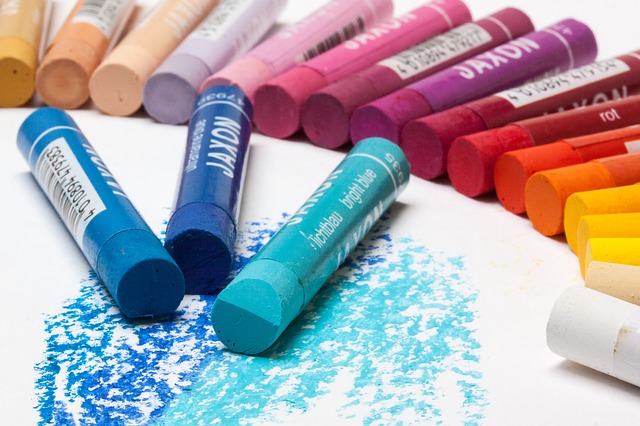Pastels vs Oil Pastels
The distinction between pastels and oils pastels can be observed in various aspects such as texture, number of colors, compatibility, and more. Pastels are color pencils that were likely introduced to you in kindergarten, providing a dust-free way to express your creativity with vibrant colors. They can be wiped off and dissolve in water, drying instantly, so an artist does not need to wait for them to dry. There are soft and hard pastels, as well as oil pastels. The term “pastel” is typically used in place of soft and hard pastels, with soft pastels being used most often. This article will highlight the differences between pastels and oil pastels.
What are Pastels?
Pastels have a high concentration of pigment held together with the least amount of gum binder. The sticks contain a higher proportion of pigment than binders, resulting in more vibrant colors. However, the lesser amount of binder also means encountering some dust while drawing. It is possible to smudge and blend colors with these soft pastels. After completing a drawing, a fixative must be used to prevent smudging.
Key Takeaways
- Pastels or soft pastels produce a lot of dust on paper, similar to drawing with chalk. These colors smudge easily, which can be convenient if you want to blend two colors but may cause your whole effort to go to waste if smudging occurs accidentally.
- Oil pastels consist of pigment, non-drying oil, and some binder in the form of wax. As a result, there is much less chalk or powder on the surface of the drawing. However, since oil pastels never fully dry, transporting your artwork safely can be a challenge. It is also more difficult to smudge and blend two oil pastels, which have a buttery consistency and bright colors.
- Oil pastels are less forgiving than pastels as they do not allow for easy removal from the paper if the artist makes a mistake. This is why novices and beginners typically use pastels rather than oil pastels.
What are Oil Pastels?
As mentioned earlier, oil pastels consist of pigment, non-drying oil, and some binder in the form of wax. This results in less chalk or powder on the surface of the drawing. Since they never fully dry, transporting your artwork safely can be a problem. It is also more difficult to smudge and blend two oil pastels, which have a buttery consistency and bright colors.
Difference between Pastels and Oil Pastels
- Composition: Pastels have a high concentration of pigment held together using the least amount of gum binder. Oil pastels consist of pigment, non-drying oil, and some binder in the form of wax.
- Texture: The main difference between pastels and oil pastels lies in their texture. Pastels give a chalky feel, while oil pastels have a waxy consistency.
- Cleanliness: Pastels are not as clean, as they rub off and crumble. Oil pastels are cleaner, as they do not rub off and resist crumbling.
- Intensity of Colors: Oil pastels provide more intense colors than pastels.
- Blending of Colors: Pastels can be blended easily, while blending is not possible with oil pastels.
- Compatibility with Other Pastels: Pastels are compatible with other pastel types, such as pastel sticks and hard pastels. Oil pastels are not compatible with other pastel types.
- Beginners and Professionals: Pastels are easier for beginners, as oil pastels are unforgiving and cannot be rubbed off after a mistake. Oil pastels are better for those with practice.
- Number of Colors: Pastels come with a large number of colors, with some manufacturers offering 500 colors. Oil pastels come with fewer colors, having above 80 colors.
